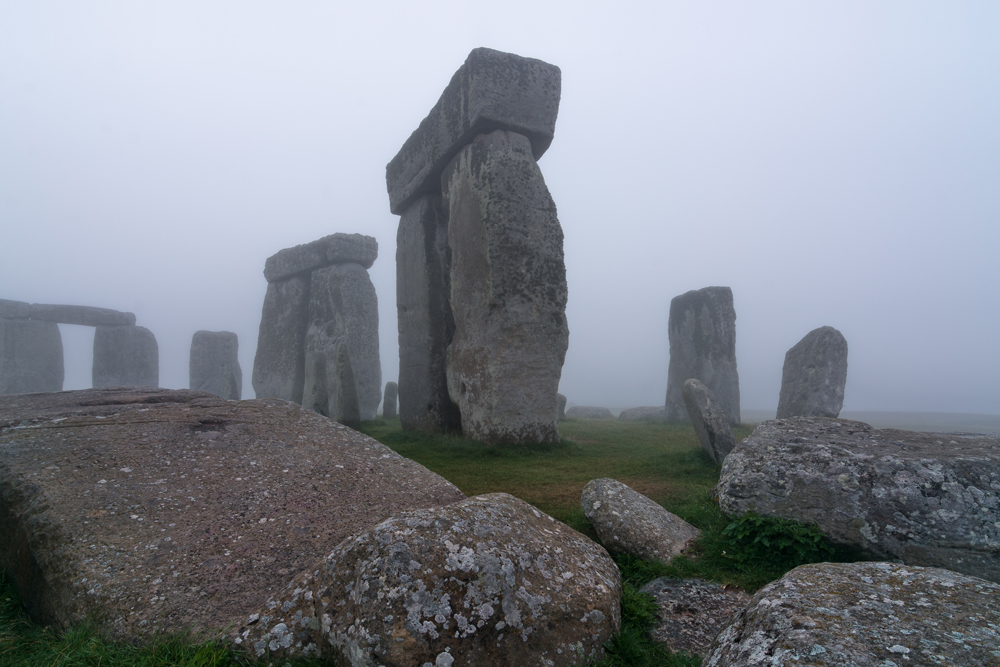
For a disenchanted visitor to Stonehenge in the south of England, the iconic array of 4,000-year-old pillars may have signified little more than a pile of rocks. But a new discovery that Stonehenge was actually the heart of a huge complex of ancient burial mounds and shrines could win over even the most cynical observer.
Researchers at the University of Birmingham have found a host of previously unknown monuments, including ritual structures and a massive timber building that was likely used for burial of the dead during a complicated sequence of exposure and de-fleshing.
“New monuments have been revealed, as well as new types of monument that have previously never been seen by archaeologists,” Professor Vincent Gaffney, the project leader, said in a statement Wednesday. “Stonehenge may never be the same again.”
The project, which made use of remote sensing techniques and geophysical surveys, discovered large prehistoric pits, some of which are aligned with the sun, and new information on Bronze Age, Iron Age and Roman settlements and fields.
Stonehenge draws more than 1.2 million visitors a year, including President Barack Obama last week, the Associated Press reports.
More Must-Reads From TIME
- The 100 Most Influential People of 2024
- Coco Gauff Is Playing for Herself Now
- Scenes From Pro-Palestinian Encampments Across U.S. Universities
- 6 Compliments That Land Every Time
- If You're Dating Right Now , You're Brave: Column
- The AI That Could Heal a Divided Internet
- Fallout Is a Brilliant Model for the Future of Video Game Adaptations
- Want Weekly Recs on What to Watch, Read, and More? Sign Up for Worth Your Time
Contact us at letters@time.com